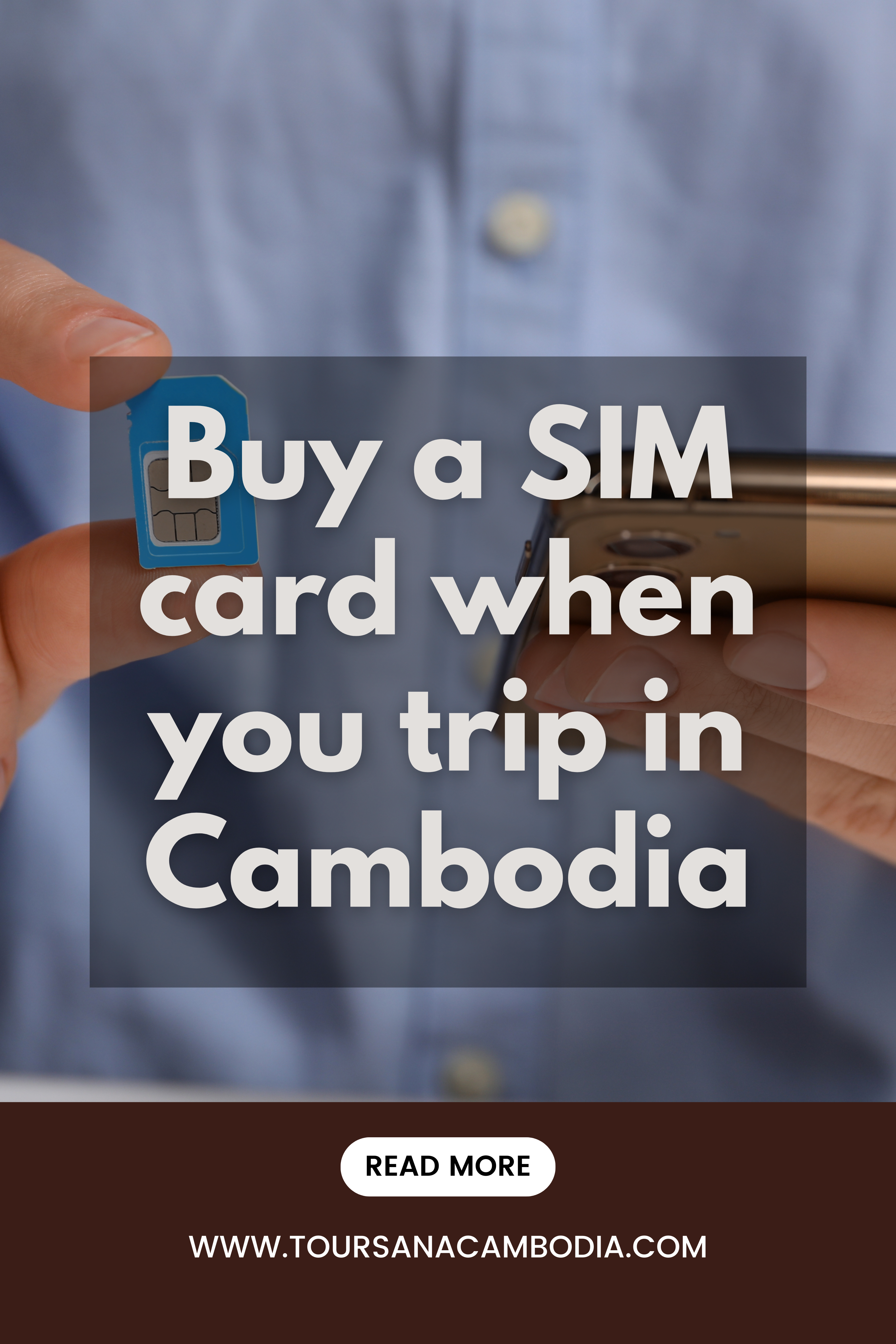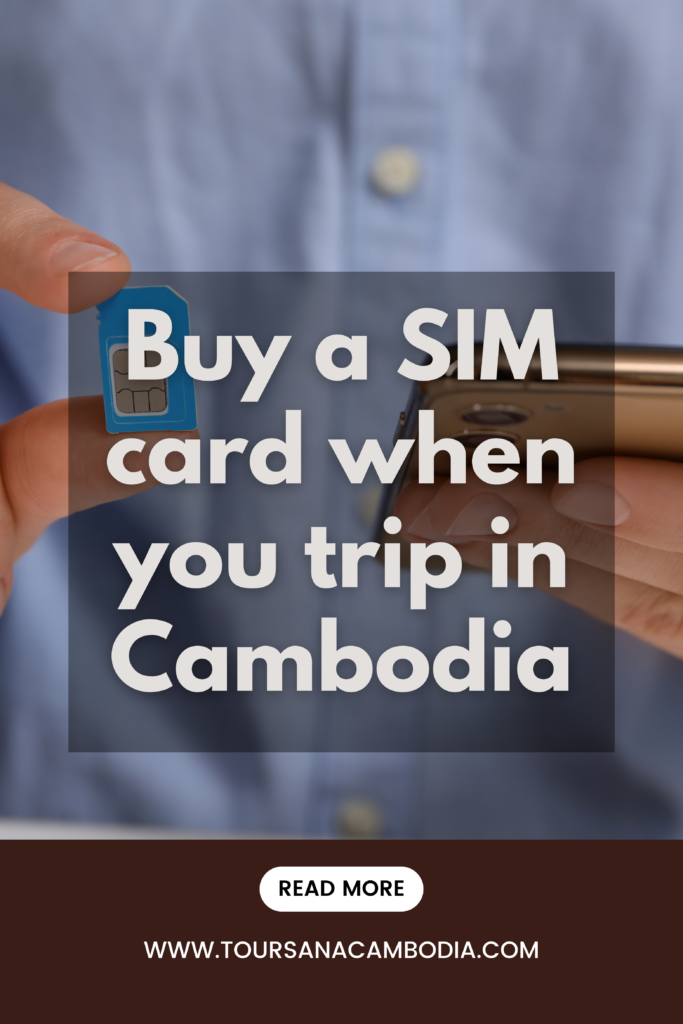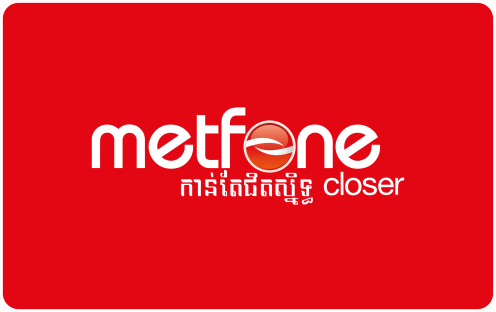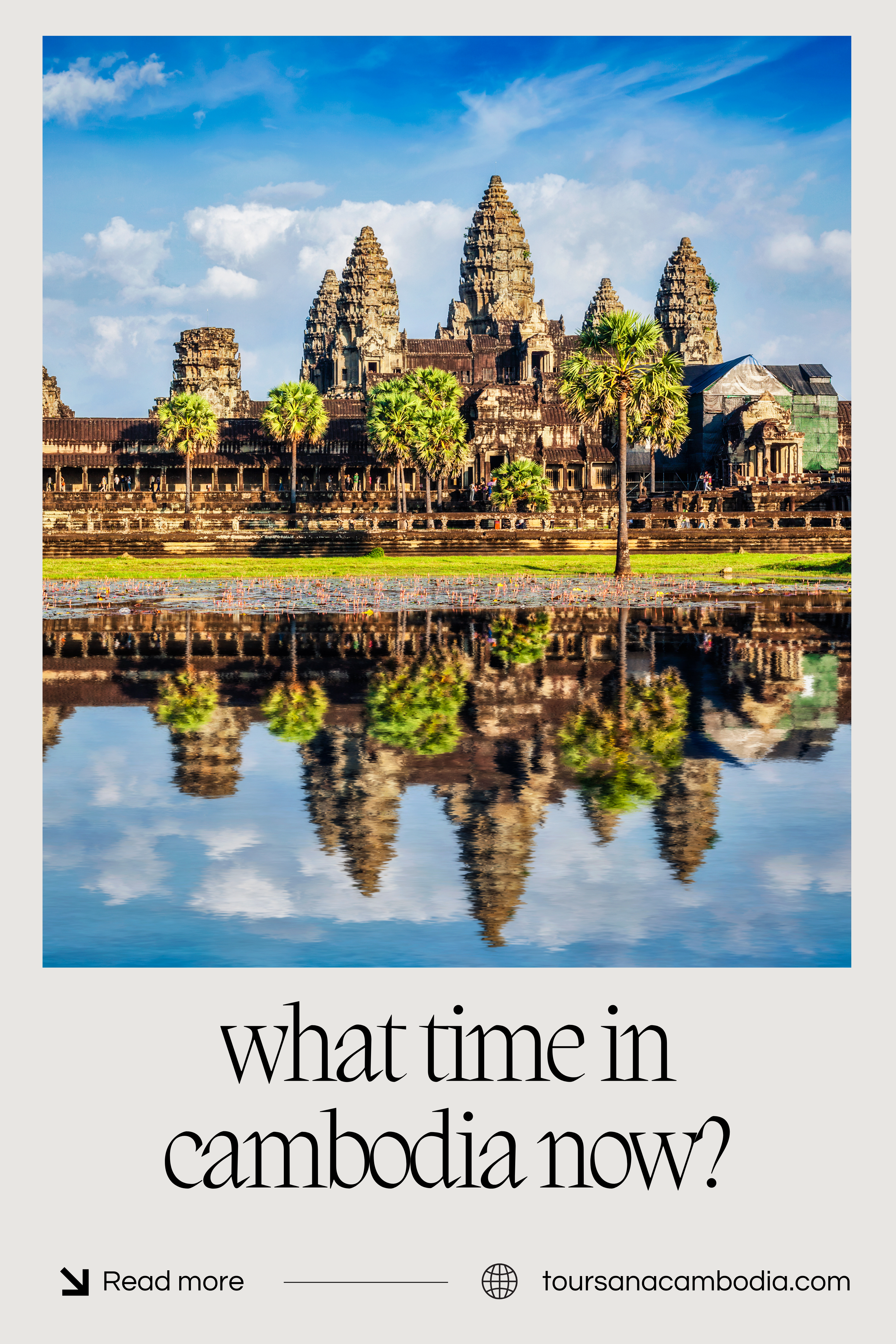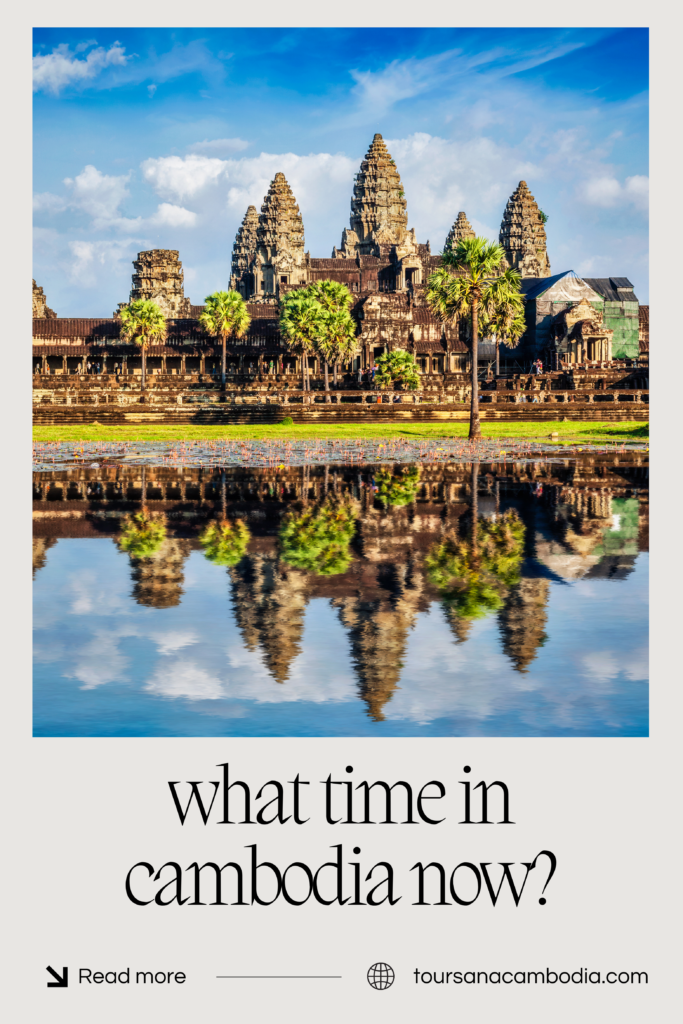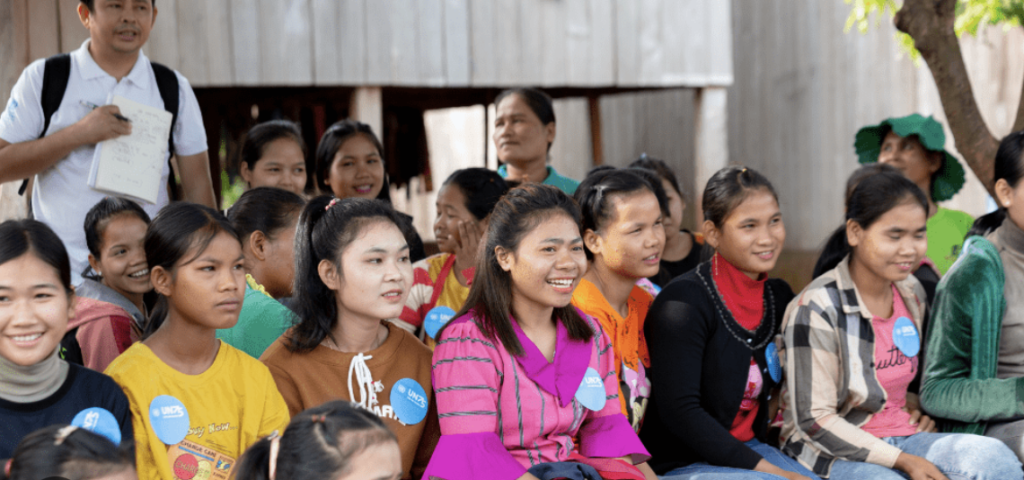Have you ever considered opening a 🏦 bank account in a 🌍 foreign country? If you are a 👨🌾 foreign national in 🇰🇭 Cambodia, you are in for a positive experience. The procedure is not as intimidating as it may appear, and I am here to guide you through it. Imagine we are enjoying ☕ coffee together, and you are inquiring about how to commence this process. Let’s explore the realm of 🏦 local banking opportunities for 👨🌾 foreigners in 🇰🇭 Cambodia, where possessing a 📃 passport, a 📋 one-year visa, and some additional 📜 paperwork can facilitate financial 💸 convenience.
Benefits of Opening a 🏦 Bank Account in Cambodia
Envision this: you have just arrived in 🛫 Phnom Penh, the vibrant 🏙️ capital of 🇰🇭 Cambodia. Whether you are here for 💼 business, an extended 🌞 vacation, or even 🌈 retirement, managing your 💳 finances solely with 💴 cash can be cumbersome and poses risks. Establishing a 🏦 bank account in 🇰🇭 Cambodia simplifies your financial activities, whether it involves paying 🏡 rent, 🍏 shopping, or managing a 💼 business. Additionally, certain 🏦 banks specifically cater to 👨🌾 expatriates, making the process even more seamless.
Requirements to Open a 🏦 Bank Account
Before you visit the nearest 🏦 bank branch, allow me to provide you with a checklist of essential items. It’s quite minimal, and you likely possess most of these 📓 documents:
- A valid 📃 passport: This must be valid for no less than six ⌚ months.
- A one-year extended 📋 visa: A temporary 🌞 tourist visa will not suffice.
- A nominal 💸 deposit: Some 🏦 banks require as little as $10, whereas others may require $500.
- A passport-sized 🖼️ photo: It is advisable to carry a few extras.
- Additional 📝 documents: Depending on the 🏦 bank, you may also need:
- A 💼 business patent, license, or registration (if you are a 👨🌾 business owner).
- A copy of your 🏠 rental agreement.
- Proof of 💼 employment in 🇰🇭 Cambodia.
💡 Pro tip: Ensure that all your 📝 documents are organized prior to visiting the 🏦 bank to save time and prevent additional trips.
Top 🏦 Banks for Expats in Cambodia
Now, let’s discuss the three leading 🏦 banks that receive high praise from 👨🌾 foreigners in 🇰🇭 Cambodia. Each offers unique advantages, so it is essential to determine which one aligns best with your requirements.
🏦 ABA Bank: The Comprehensive Choice
ABA 🏦 Bank is often regarded as the ⭐ leading bank in 🇰🇭 Cambodia. It is well-known for its user-friendly 📲 application, modern 🏦 services, and responsive customer support. Whether you are an individual, a small 💼 business owner, or seeking 💸 micro-financing options, ABA has a solution for everyone. Setting up an account is a straightforward process, and their staff frequently speaks 🇬🇧 English, which is a significant ➕ advantage for 👨🌾 expatriates.
🏦 J-Trust Royal Bank: Trustworthy and Secure
If you prefer a 🏦 bank that fuses modern banking with traditional principles, J-Trust Royal Bank is a reliable ✅ option. However, please note that they require a minimum 💸 deposit of $500 to open an account. While this may appear high, the quality of their service 🔹 and variety of offerings often justify the expense. Furthermore, their extensive network of 💳 ATMs and branches enhances accessibility.
🏦 Canadia Bank: The Economical Choice
Canadia 🏦 Bank is ideal for those wishing to start with a modest investment. With a minimum 💸 deposit of just $10, it represents an affordable ✔️ option for most 👨🌾 expatriates. Their 🏦 services are dependable, and they are among the oldest 🏦 banks in 🇰🇭 Cambodia. Although their 📲 application and online 🏦 services may lack the sophistication of ABA’s, they satisfactorily meet basic banking needs.
The Bank Account Opening Process
Now that you’re aware of your requirements and the appropriate steps, let us outline the procedure for establishing a bank account in Cambodia. It is more straightforward than you may assume:
- Select Your Bank: Based on your requirements and budget, choose from ABA Bank, J-Trust Royal Bank, or Canadia Bank.
- Collect Required Documents: Ensure you have all necessary documentation, including your passport, visa, and any supplementary paperwork.
- Visit the Bank: Go to your chosen branch during operating hours. Most banks in Cambodia operate from Monday to Friday, from 8:00 AM to 3:30 PM, with some branches open on Saturdays.
- Complete the Application Form: The staff will assist you in filling out the forms. If you are not proficient in Khmer, rest assured that many branches have English-speaking personnel.
- Make Your Initial Deposit: Depending on the bank, this could range from as low as $10 to as high as $500.
- Activate Your Account: After establishing your account, you will receive your account information along with a debit card. Remember to download your bank’s mobile application for convenient transactions.
Recommendations for a Seamless Banking Experience
- Define Your Purpose: Are you opening the account for personal finances, business, or both? Some banks offer tailored accounts for specific purposes.
- Inquire Thoroughly: Feel free to ask about fees, interest rates, and relevant details. Transparency is essential.
- Utilize Online Banking: The majority of banks in Cambodia provide mobile applications or online platforms. These are very useful for managing your account while on the move.
- Stay Informed: Banking policies can evolve, so it is advisable to check with your bank periodically for any updates.
Advantages of Cambodia’s Foreign-Friendly Banking System
Cambodia is distinguished by its welcoming attitude towards foreign residents. The documentation requirements are clear-cut, and banks are genuinely accommodating to expatriates. Whether your stay is for work, business, or leisure, having a local bank account streamlines your financial management. Additionally, the staff at most banks are approachable and supportive, ensuring a pleasant and stress-free experience.
